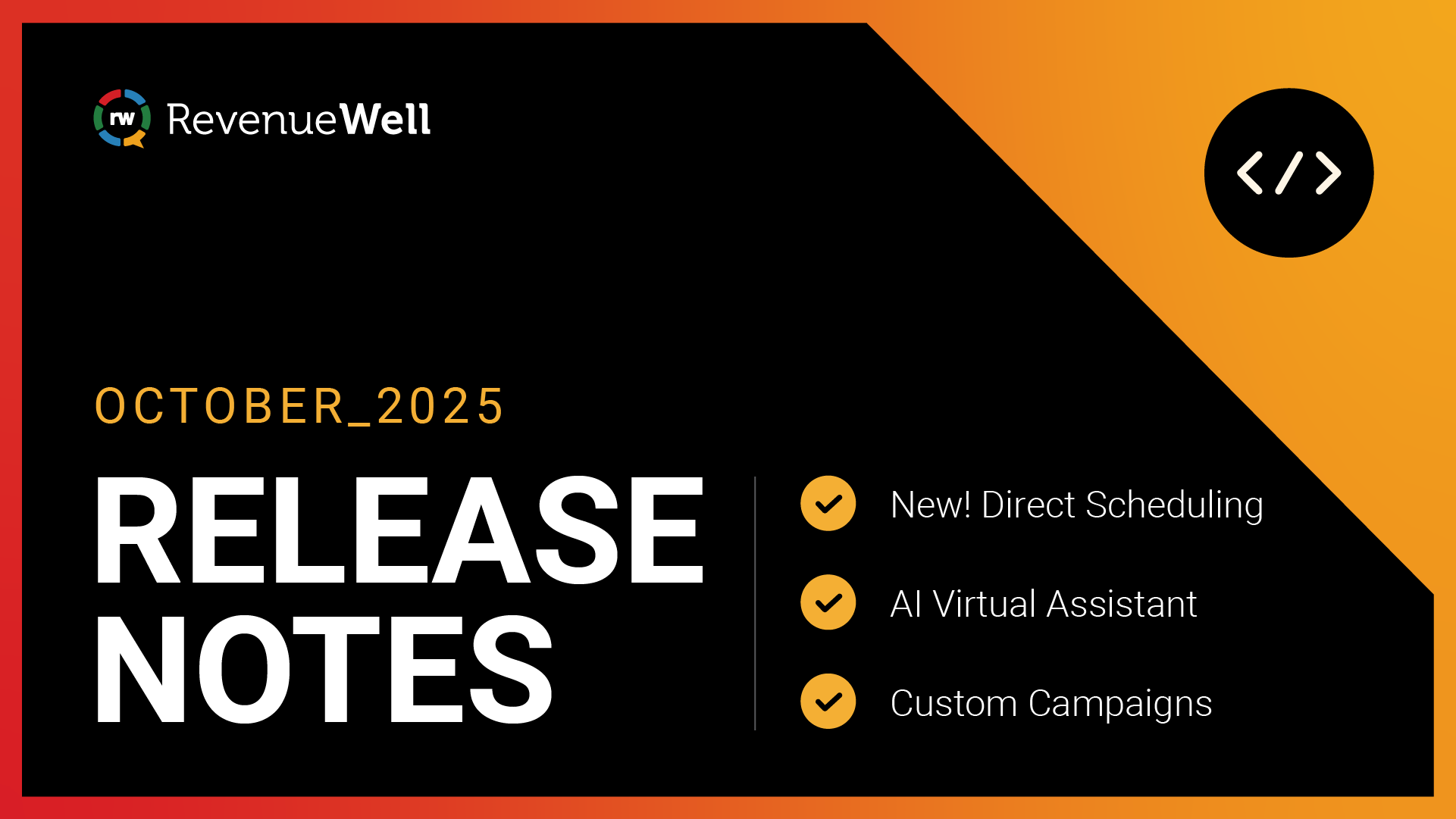Elevate Your Marketing: Key Elements for Effective Email Campaigns

Take a second to consider how mapped out your marketing strategy is. Do you have a general idea of what you’re going to do this year to engage your patients? No idea? Well either way, we’re here to help! In this blog, we’ll cover the basics of how to put together an email campaign strategy and what every email should include.
Get your strategy together
Before you tackle anything, you need to understand what it is that you’re looking to do and accomplish with your email campaigns. One of the easiest ways to do this is to come up with a central theme for each month’s campaign and map them out. We’ll also touch on what you need to have included in your email campaigns to ensure you’re driving your audience to act and help reach your practice goals.
Before we dive into specific campaign theme ideas, let’s go over the main components every strong email campaign should have:
Attention-grabbing subject line
The subject line of an email is the first thing your audience will see, and in some cases, the only thing. It’s imperative that you have a strong subject line that will entice your audience to actually open and read the email you have sent them. You want to make sure your subject line gives them a good idea of what they’ll get out of the rest of the email and make it interesting enough that they want to learn more. Depending on the contents of your email, you can test out different subject lines. Try including related statistics, an exclusive offer, or simply make it personalized.
Audience segmentation
Segmenting your audience is one of the most important things when it comes to email marketing and campaigns. Your patients are undoubtedly receiving tons of other emails (let’s face it, we all are), so you want to make sure that you’re making the most of your communication with them. Make sure you're only sending emails to the people who need to see them. For example, if you’re sending out an email campaign about dental crowns, don’t send it to a patient who doesn’t need a crown. You want to use email campaigns to effectively communicate with specific audiences, not just a method of mass communication to your entire database.
A clear call to action (CTA)
A CTA refers to the next step or action that a marketer (in this case, you) wants the consumer (your patients) to take. In email, CTAs typically appear as clickable buttons. They might say something like “Read More” or “Sign Up” depending on the content of the email. However, CTAs don’t always have to be a button. They can be as simple as requesting the reader to “reply to this email”. Regardless of what your CTA looks like, make sure it is clear, detailed, and describes exactly what step you want your patient to take.
Contact information
For email campaigns, it is best practice to have your contact information in multiple places throughout the email. This ensures that, whatever point in the email your patient is at, they can contact you.
Promotion or awareness play
Having clearly stated intentions is important when it comes to email campaigns. If you’re promoting a new product or service, make that clear from the get-go. State what they’ll be getting and why they should be excited to be hearing from you. The same rule of thumb applies if you’re running an awareness campaign – tell them why they should care. Are you moving location? Maybe you’re adding a new dentist to the practice? Whatever it may be, it needs to be clearly communicated, along with any action items that may be necessary from the patient (hello, CTAs). The purpose of your email should never cause confusion for your audience.
Trackability
If you’re taking the time to conceptualize, create, and deploy email campaigns, you should take the extra step to ensure that you’re tracking everything that you’re doing. One of the great things about email campaigns is that they’re trackable. You can track things like open rate (if you have a low open rate, maybe check your subject line), click rate (if you have a low click rate, maybe your CTA isn’t enticing enough), and how many people have opted out of communication from you (this tends to happen if you’re not properly segmenting your audience).It’s generally best practice to make sure you have at least one way of tracking success, regardless of if your campaign is through email, in-person, or any other medium.
If you’re sending email campaigns through the RevenueWell platform, we have all of the tracking capabilities built into our system, so you’re covered. For some additional inspiration, check out how these practices used RevenueWell email campaigns to accomplish more.
How to Choose Your Campaign Ideas
Now that we’ve considered some of the factors that go into getting a strategy together, let's dive into how to go about choosing campaign ideas. Ask yourself the following questions:
“What do I want to accomplish?”
Are you looking to introduce a new service line? Are you trying to promote an event? Are you hoping to reactivate patients? Understanding whatever it is that you’re hoping to accomplish is going to help you set up a successful campaign.
“What are the constraints of this campaign?”
Some campaigns may have different constraints. What is going to impact the outcome of your campaign, and how do you navigate around that? For example, is it only offered to a certain number of patients? Is there an eligibility requirement? Is it a seasonal campaign? For instance, you’re not going to send a back-to-school campaign in March. Consider these questions and factors when you’re putting together your content and work backwards.
"What key performance indicator (KPI) am I looking to drive?"
Where exactly are you trying to drive the needle? These could be things such as increasing case acceptance, adding new patients, reactivating patients, or promoting a new service. Understanding what it is that you want to accomplish, and understanding how you plan to track it, will help you to decipher which campaigns are successful and which might need tweaking.
Sample Content Calendar
Below is an example of how you might lay. out and strategize your campaigns for a calendar year.

For additional campaign ideas, check out our blog: How to build dental marketing campaigns that retain patients.
Email Campaign Best Practices
Here are some final thoughts and practices that are good to always have in mind when it comes to email campaigns.
Add these to your campaigns:
If you’re ever in a creative rut, and need a quick campaign idea to run with, try these (or add them to a campaign you’re already planning on sending):
- Refer a friend
- Write a review
- Request an appointment
Some additional pro tips include:
- Always test your emails before sending them
- Schedule emails during office hours
- Be creative – there is no right or wrong way to campaign
- Diversify your strategy – try new things
- Don’t shy away from showing your personality
Learn more about RevenueWell systems and our advanced patient campaigns.



